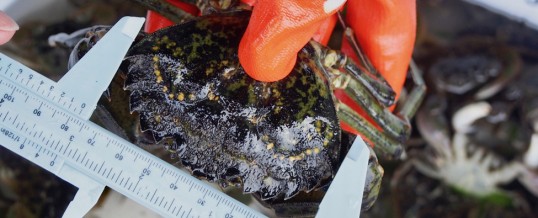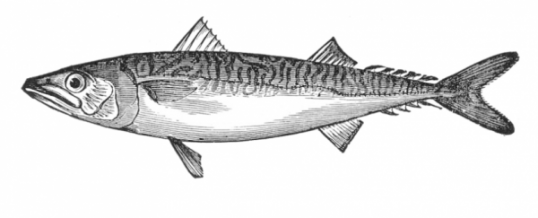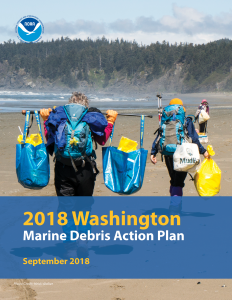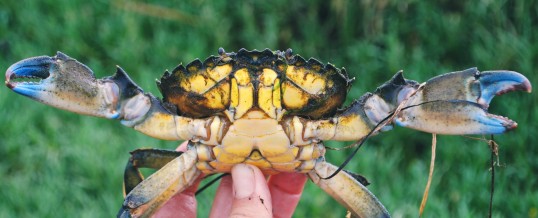September 27, 2018
As demand for seafood continues to increase, how can we sustainalby grow Washington’s shellfish farming industry? If more tideland is used for aquaculture, can it still serve as habitat for intertidal species? With funding from Washington Sea Grant, The Nature Conservancy in Washington is investigating these questions.
Learn more:
Read More
SEP
2018



